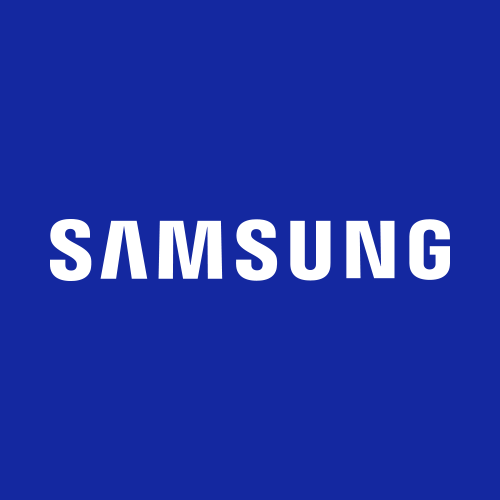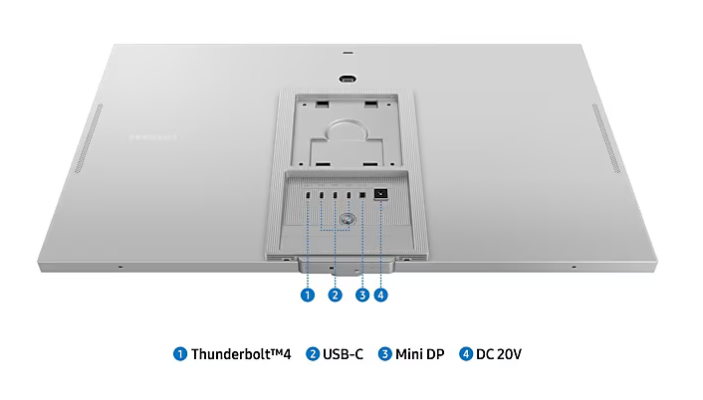But a quick search reveals that it is neither a new product (it was announced last year) nor a Maple Ridge competitor:
From its
official product page, the ASM4242 is strictly a
USB4 controller, not Thunderbolt 4. (The video got it right.)
I kindly disagree.
Intel considers Maple Ridge to be USB4 compliant, no? Therefore, Maple Ridge doubles as both a Thunderbolt 4 controller and a USB4 controller, no?
Remember Thunderbolt 4 is a spec that guarantees a minimum level of performance. The problem with USB and even Thunderbolt 3 is that many of the features are optional and end users don’t necessarily know what features a so-called USB/Thunderbolt product will support. For example, with Thunderbolt/USB4, does the port support PCIe tunelling or not? Who knows?
So Thunderbolt 4 guarantees a minimum baseline spec of PCIe tunneling enabled at up to 32 Gb/sec, backwards compatibility with USB3 10 Gb/sec, DisplayPort/Ethernet tunneling, support for 2 4K monitors @ 60 Hz etc. Essentially, Thunderbolt 4 is USB4 with all the optional features enabled.
With Thunderbolt 3, some vendors only used 16 Gb/sec, some didn’t support more than 1 display output, some didn't enable PCIe tunneling, some Thunderbolt 3 devices didn’t have any backwards compatibility with USB3 (e.g., some Alpine Ridge based NVMe enclosures must be plugged into a Thunderbolt port, if you connect them to a ‘regular’ USB3 USB-c port, the device will not power on… that is confusing!).
The other thing with Thunderbolt is that devices with the logo must be certified by Intel. Which adds to cost. Before USB4 came out, Thunderbolt 3/4 cables from vendors such as Anker and cable matters and others cost $50-$60. With the introduction of USB4, costs of cables have dramatically declined. A certified USB4 cable is thunderbolt compliant, and many cost 1/3 of what thunderbolt4 cables used to cost. For example, I just bought a Cable Matters USB4 cable with support for USB-pd3.1 240W power delivery, and 40 Gb/sec data for only $20. A more fully featured cable than Thunderbolt 4 (which maxes out at 100W power delivery) at a fraction of the cost. That’s what I mean when I say prices will decline when more USB4 devices come to market.
Finally, given that the ASMedia ASM4242 appears to have all the optional usb4 features enabled, for all we know, ASMedia could eventually apply for Thunderbolt 4 certification. But even if it does not, the chip is still USB4 certified, and by definition will be compatible with at least some Thunderbolt 3 and 4 end devices such as nvme enclosures. By the way, there aren’t a lot of Thunderbolt 4 end devices (such as eGPUs or nvme enclosures or audio interfaces) on the market. Of course, as we have learned with maple ridge, the firmware version of both the host and the endpoint device will dictate compatibility when the two devices are connected to each other. Maple ridge nvm36 has removed compatibility with thunderbolt 1 and 2 devices, and earlier versions of Maple Ridge’s firmware has hot plugging incompatibilities with Alpine Ridge jhl6240 devices. It will be interesting to see what level of compatibility exists between the ASMedia chip and Alpine Ridge devices.
Finally, the reason why I say it is a Maple Ridge competitor is this. Several Ryzen am5 x670e motherboards from Asus, ASRock, etc., claim to have USB 4 support. But they are using Maple Ridge JHL8540! The emergence of this ASMedia chip means that the vendors will have a choice of USB4 suppliers for the next generation of motherboards! The demo showed nvme devices transferring at 4 GB/sec, faster than Maple Ridge. Asm4242 also supports USB 3 20 Gbps, whereas Maple Ridge tops out at only USB3 10 Gbps. The ASM chip also operates at PCIe4.0 which theoretically could mean faster Egpu speeds and higher frame raes… and be a better occulink competitor. Thus, the ASM chip has inherent advantages over Maple Ridge.
I think this will put natural pressure on Intel, the co-developer of Thunderbolt and who donated the Thunderbolt 3 spec to the USB-if. Because what is the benefit of a motherboard vendor going with Maple Ridge if it is slower than the asm4242? Not a good look for the primary Thunderbolt/USB4 sponsor to have a slower solution than ASMedia.
But I think intel welcomes this competition because it donated Maple Ridge Thunderbolt 3 to the USB-if…why open source Thunderbolt if you don’t welcome competition and choice in the market place?




